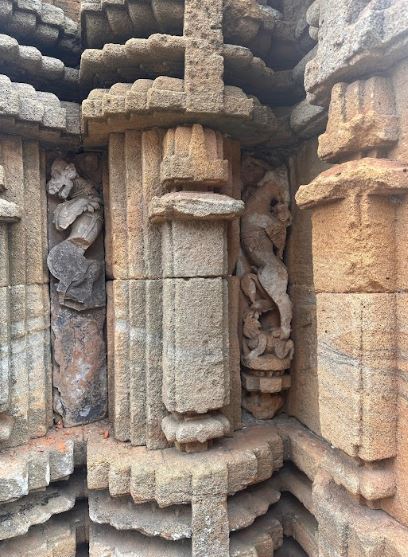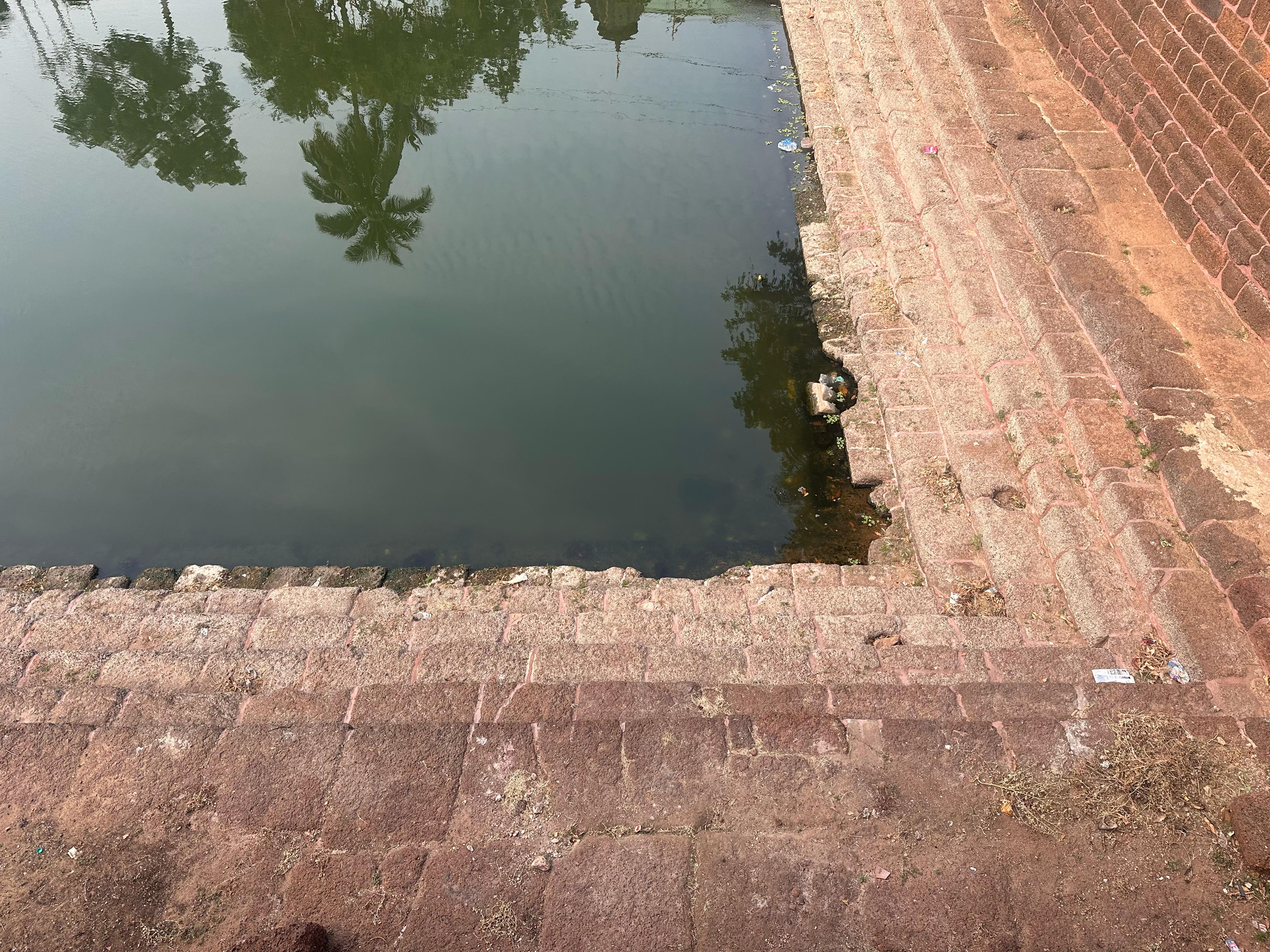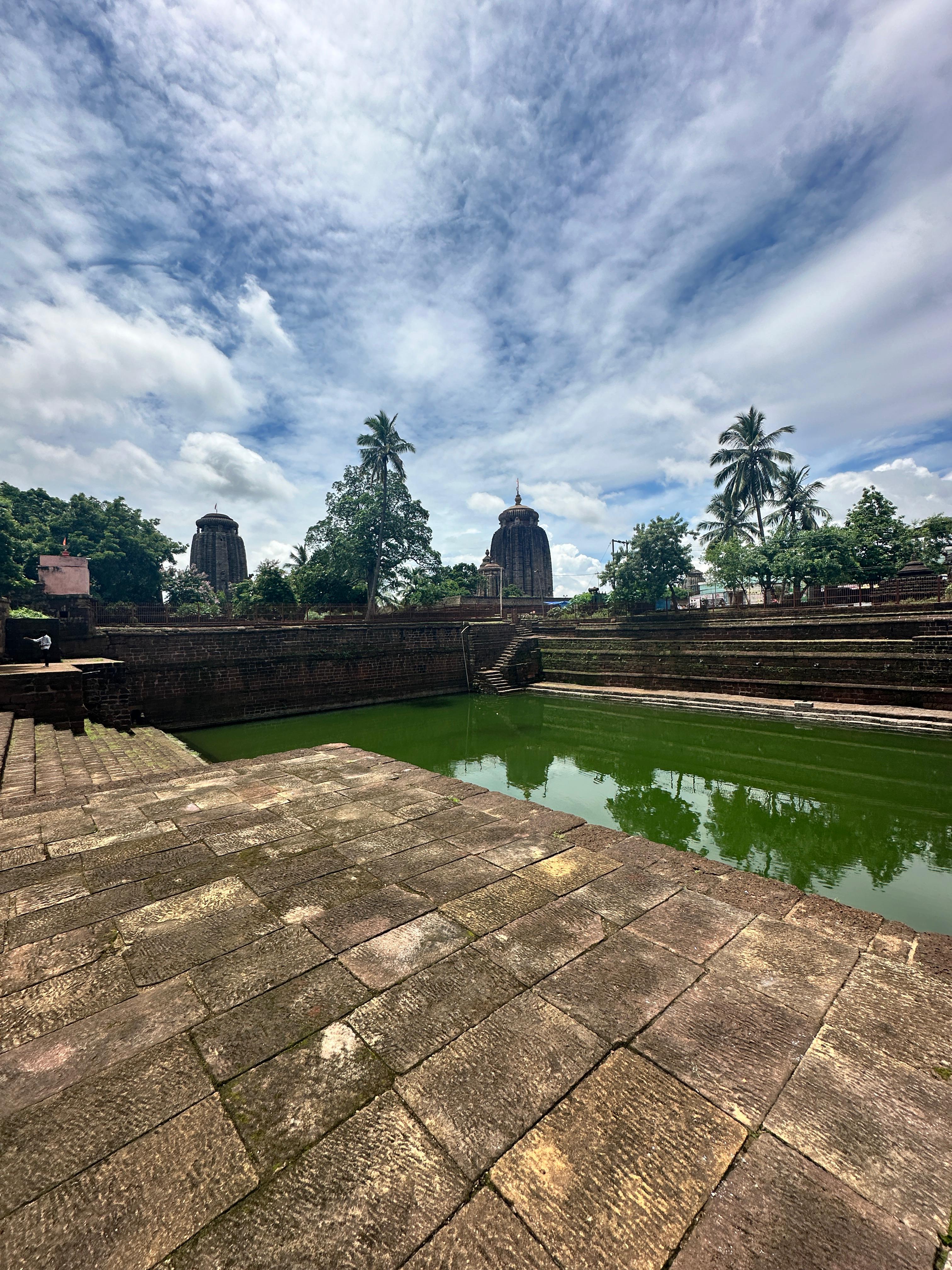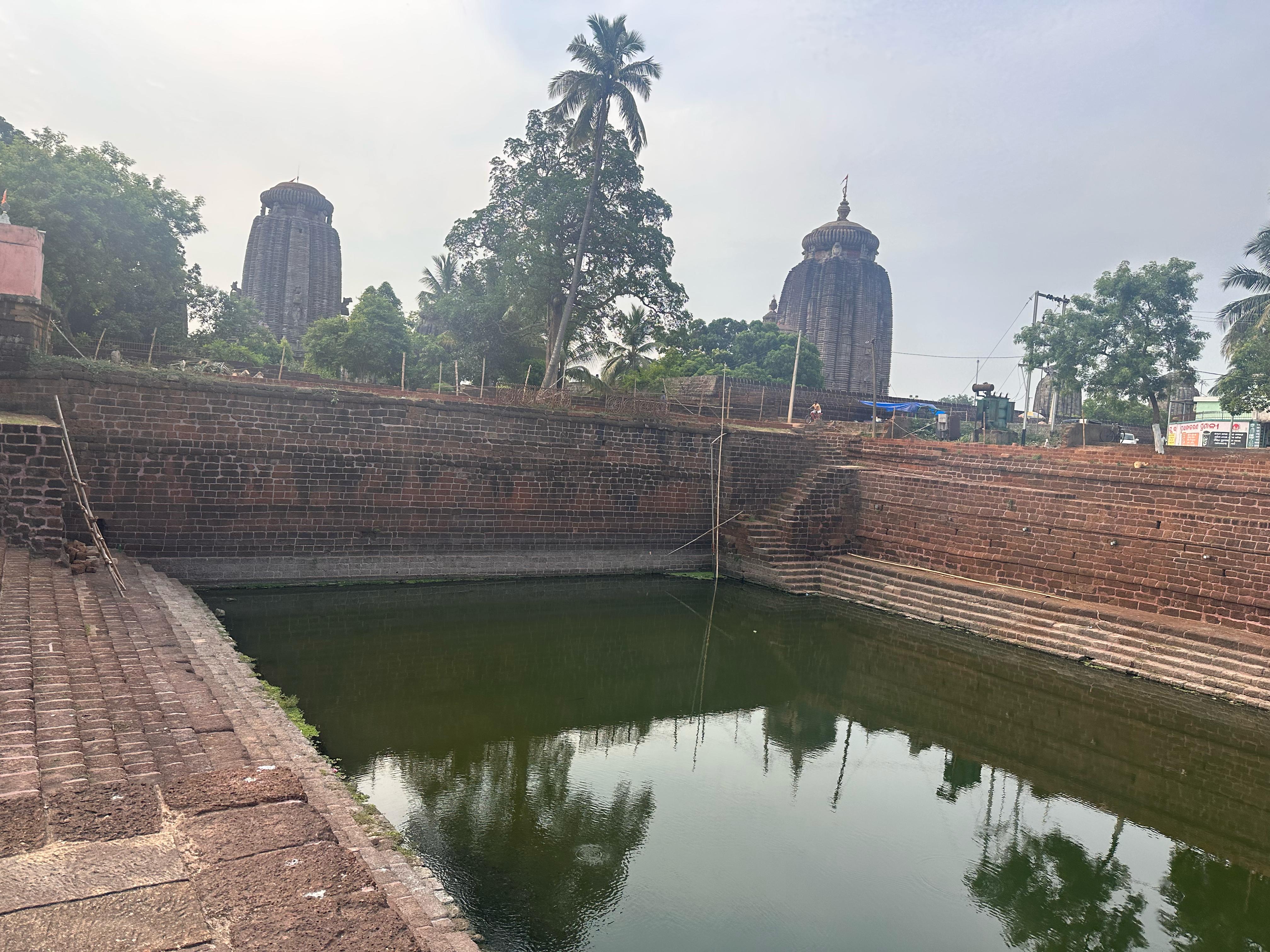‘Sacred Waters’ By Anisha Swain: Papanasini Tank
My City Links presents a new series on city tales extracted from the book ‘Sacred Waters’ by Anisha Swain under the guidance of Anil Dhir, Convener, Bhubaneswar Chapter at Indian National Trust for Art and Cultural Heritage (INTACH). In this series, we will be featuring some of the Temple tanks of Ekamra Kshetra.

Temple tanks, revered as sacred water bodies, have played a crucial role in religious and cultural traditions across India. In Odisha, these tanks, known as Kundas or Pushkarinis, are deeply linked to Hindu rituals, mythology, and community life. Historically, they were commissioned by kings and nobles as acts of spiritual merit and served as essential water sources. Rooted in Vedic traditions, these tanks are associated with Varuna, the water god, and believed to possess purifying qualities.
Bhubaneswar, the "Temple City," is home to many such sacred tanks, including Marichi Kunda, Kotitirtha, and Swetaganga, each carrying unique mythological significance. Pilgrims still bathe in these waters before visiting temples, maintaining age-old traditions. Beyond their spiritual role, temple tanks contribute to the ecological balance of urban landscapes, acting as natural reservoirs that sustain groundwater levels.

However, rapid urbanization threatens their existence. Encroachments and neglect have left many tanks dependent solely on rainfall, making maintenance crucial. Preserving these water bodies is not just about cultural heritage but also about sustainable water management. In a time of global water crisis, revisiting these ancient traditions can inspire a more respectful and sustainable approach to water conservation.
We have discussed the Gosagareshwara Tank in the previous edition of MyCityLinks, This time let’s have an overview of the Papanasini Tank in detail.

Papanasini Tank
Historic significance: The Papanasini Tank, located near Badheibanka Chowk in Old Town, Bhubaneswar, is a significant cultural and religious site. Protected by the Archaeological Survey of India, the tank is enclosed by a masonry embankment made of large, dressed laterite blocks. According to local legend, the tank was created through the penance of Sage Sajoti, who undertook severe austerities without food or water. Pleased with his devotion, Lord Shiva appeared before the sage and offered him a boon. Sage Sajoti requested a tank that could cleanse the sins of suffering humanity. In response, Lord Shiva created the Papanasini Tank, which translates to “the cleanser of sins.”
The tank has been revered ever since, particularly by those seeking to atone for severe sins, such as cow slaughter, human killing, and curses from saint or elders. Ritual baths in the tank are believed to purify individuals of these sins, a practice that continues to this day. The Papanasini Tank is also considered one of the Panchatirthas, or five sacred water bodies, in Bhubaneswar, further highlighting its religious importance.

The Tank is believed to date back to the 11th century AD, a period that aligns with its association with the nearby Lingaraja Temple in Bhubaneswar. Its proximity to this major temple and its role in fulfilling the requirements of temple rituals suggest its historical significance. As a crucial part of the temple complex, it would have been used for various ritualistic purposes, making it an essential element in the spiritual life of the region during that time.
Cultural significance: The Papanasini Tank holds particular importance during the festival of Prathamastami. On this occasion, Lord Lingaraja, the presiding deity of the Lingaraja Temple, is brought to the tank for a ritual bath. This ceremonial event highlights the deep connection between the tank and the temple’s religious practices. After taking a bath in the Papanasini Tank, Lord Lingaraja visits the temples of his maternal uncles, Maitresvara, Isanesvara, and Banesvara, located on the northern side of the tank. Additionally, he pays homage to his aunt, Kapali Devi, whose shrine is situated in the northeastern corner of the tank. In the middle of these temples and shrines, there is a mandapa (a pavilion) measuring 5.75 square meters with a height of 1.20 meters. Here, Lord Lingaraja briefly rests, allowing devotees to have a public viewing and offer their respects and offerings. This ritual underscores the tank’s integral role in the religious and cultural activities surrounding the Lingaraja Temple.

Physical Description: The Papanasini Tank is surrounded by several important temples and shrines, creating a spiritually significant complex. These include Chitrakarini Temple and Lingaraja Temple Compound Wall on the east side; the wall runs parallel to the tank, emphasizing the tank’s connection to the Lingaraja Temple. Maitresvara Temple Compound Wall is situated to the west, at a distance of approximately 8.70 meters across the road from the tank. Maitresvara Temple to the north, at a distance of about 9.40 meters and Mangalesvara Shiva Temple to the south, at a distance of approximately 6.70 meters from the tank. The tank is oriented with its steps on the northern side, providing access for ritual baths and other ceremonial activities. The proximity of these temples and the specific orientation of the tank further emphasize its integral role in the religious practices and traditions associated with the Lingaraja Temple complex.

Architectural features:
Plan and Elevation: Rectangular on plan measuring 45.30 m in length, 40 m in width, and 13 m in depth.
Building material: Laterite
Construction techniques: Dry masonry
Special features: The Papanasini Tank is naturally fed by an underground spring, making it a vital water source. Additionally, water that has been offered to Lord Lingaraja is channeled into the tank through an opening in the eastern wall. This sacred water further enhances the tank’s spiritual significance. The water in the tank is used for both ritual baths, particularly during important festivals like Prathamastami, and for community bathing, serving the local population’s daily needs.
Maintained By: The Tank, being a protected monument, is under the care and maintenance of the Archaeological Survey of India.
Ownership: Public
Current State: Low water level; remains dry round-the-year; E. coli Bacteria has been detected.





 copy.jpg)